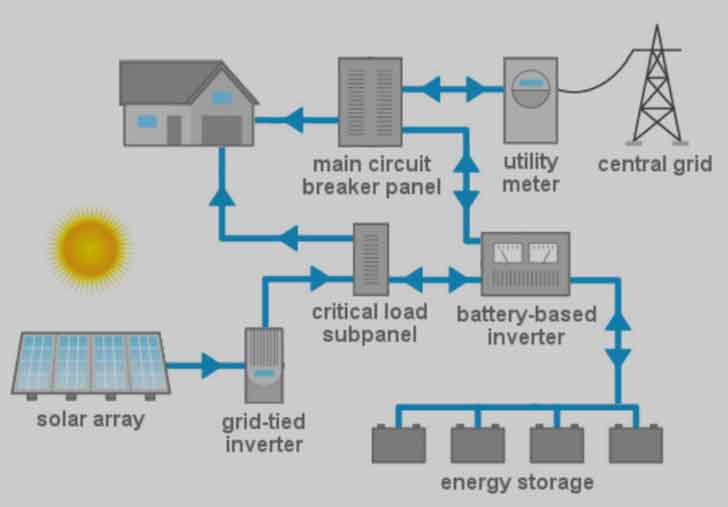Battery Energy Storage Systems have emerged as a cornerstone technology in modern energy management strategies, primarily due to their ability to bridge the gap between energy production and consumption efficiently. Their role is becoming increasingly crucial as the world shifts towards a more sustainable and resilient energy landscape. Here are the key ways in which Battery Energy Storage Systems contributes to effective energy management:

1. Peak Shaving and Load Leveling
- Peak Shaving: Battery Energy Storage Systems can reduce demand charges and operational costs by discharging stored energy during peak usage times when electricity prices are high. This helps in reducing the peak demand that a facility or a grid experiences.
- Load Leveling: Also known as load shifting, this involves storing energy during periods of low demand (and often lower prices) and releasing it during periods of high demand. This not only balances the grid but also can lead to cost savings for consumers under time-of-use electricity pricing schemes.
2. Renewable Energy Integration
Battery Energy Storage Systems plays a pivotal role in integrating renewable energy sources, such as wind and solar, into the power grid. By storing excess energy generated during peak production and releasing it when production is low (e.g., during nighttime for solar), Battery Energy Storage Systems helps mitigate the intermittency of renewables and makes renewable energy more reliable and predictable.
3. Frequency Regulation and Ancillary Services
The power grid operates at a specific frequency, and deviations from this frequency can lead to instability and power outages. Battery Energy Storage Systems can respond rapidly to these deviations by injecting or absorbing power, thus maintaining the grid frequency within the required range. This capability makes Battery Energy Storage Systems invaluable for providing ancillary services like frequency regulation, voltage control, and spinning reserves.
4. Increased Grid Resilience and Energy Security
Battery Energy Storage Systems enhances grid resilience by providing backup power during outages and reducing the grid’s vulnerability to disruptions. This is particularly important in the face of increasing extreme weather events due to climate change. Furthermore, by enabling more localized energy production and storage, Battery Energy Storage Systems contributes to energy security and reduces reliance on centralized power generation and long-distance transmission networks.
5. Microgrid and Off-grid Solutions
In remote areas or for critical infrastructure requiring high reliability, Battery Energy Storage Systems combined with renewable energy sources can form microgrids or off-grid solutions. These systems can operate independently from the main grid, providing reliable and sustainable energy supply to areas with limited or no access to the traditional grid.
6. Support for Electric Vehicle (EV) Infrastructure
As the adoption of electric vehicles (EVs) accelerates, Battery Energy Storage Systems is crucial for managing the additional demand on the grid. Energy storage can help mitigate the impact of EV charging loads by providing additional power during peak charging times or by storing excess renewable energy for EV charging, thus supporting the growth of EV infrastructure.
7. Reducing Carbon Footprint
By enabling a higher penetration of renewable energy and reducing reliance on fossil-fuel-based peak power plants, Battery Energy Storage Systems contributes significantly to the reduction of greenhouse gas emissions and helps combat climate change.
Conclusion
The crucial role of Battery Energy Storage Systems in energy management is multifaceted, touching upon efficiency, sustainability, reliability, and resilience of the energy systems. As technology advances and costs continue to decline, Battery Energy Storage Systems will play an even more significant role in shaping the future of energy, making it cleaner, more efficient, and more sustainable.
